All the pictures in this post were taken on Christmas day at lake Hodges. I went there the previous day but it was very crowded so, after 5 minutes of looking at all the people parking and walking to the trailhead, I just gave up and drove back home. I figured there is no way I will be taking good pictures with all the noise and disturbance. Plus the weather was gloomy, definitely not the best day for photography. So, I went back home. The next day, Christmas day, there was virtually nobody. I went to one of the trails that runs around the lake and was well rewarded for my patience. So much so that I had to spend a lot of time yesterday sorting through the 230 pictures I took that day. Of course, I will only share the best of the best, so only 14 pictures made the cut. I decided to split them in two posts. So I will show you seven pictures this week and another seven next weekend.
Also, I wanted to thank all of you my visitors for your interest in my work. And I will take this opportunity to wish you all a much better new year.
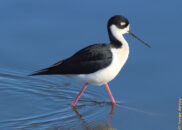
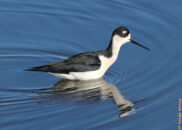
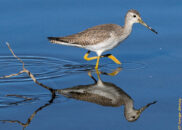
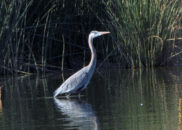
The first bird is a black-necked stilt. This bird is found in most American wetlands and coastlines. It belongs to the shorebirds or waders group, which refers to their favored habitat and their feeding method. Wading is the act of “stepping in or through a medium (such as water) offering more resistance than air” (Merriam-Webster). So, essentially, they walk in the shallow waters in order to find food, which may include small crustaceans, mollusks, fish, and insects. As you will see in the third picture it is not afraid of plunging its head into the water to eat whatever it saw in it. I observed them for a while and can tell you that, most often, they will only dip their needle-like bill into the water.
Then, for our fourth picture, we have another shorebird, the long-billed dowitcher. However this one belongs to the sandpiper family. Although they have the same feeding technique, the long-billed dowitcher has much shorter legs than the black-necked stilt, so I don’t think they are competing for the same food.
Then, as I spotted him on the other side of the lake I took a few pictures of a great blue heron. You will remember I already shared some pictures of this bird in the past. But this one interested me because his long legs are completely submerged. So you know he is standing in deep water, I would guess a couple of feet.
Then we have a Say’s phoebe. It was curious to me to discover its name because it is similar to another bird I have known for a very long time: the black phoebe. Interestingly it happened unintentionally that I added these two birds next to each other, as I actually took their pictures within the same area and time.
Our last bird is a rather common visitor in our yards, . The black phoebe is very active and has the reputation of being very useful to us because it eats a lot of insects.
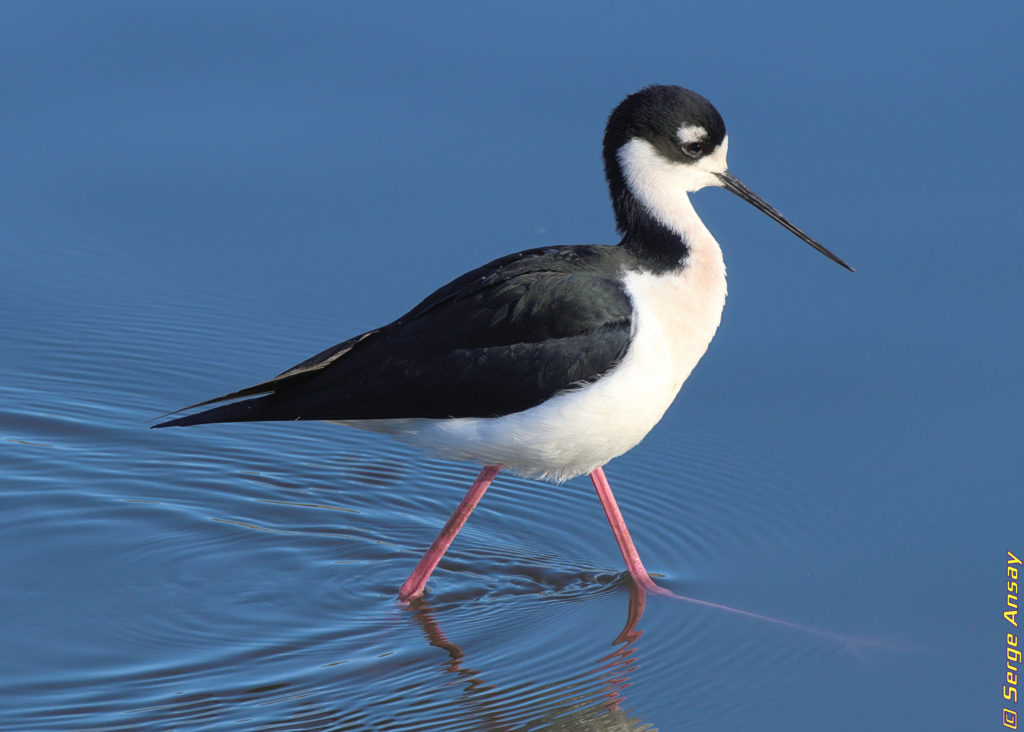
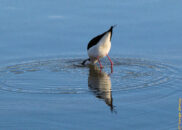
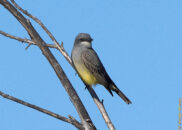
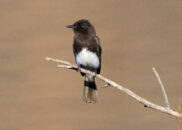
They all look great, great photos? The Stilt is so high contrast with it’s colors!
Thank you Michael. It’s very pleasant to hear that people like my work.